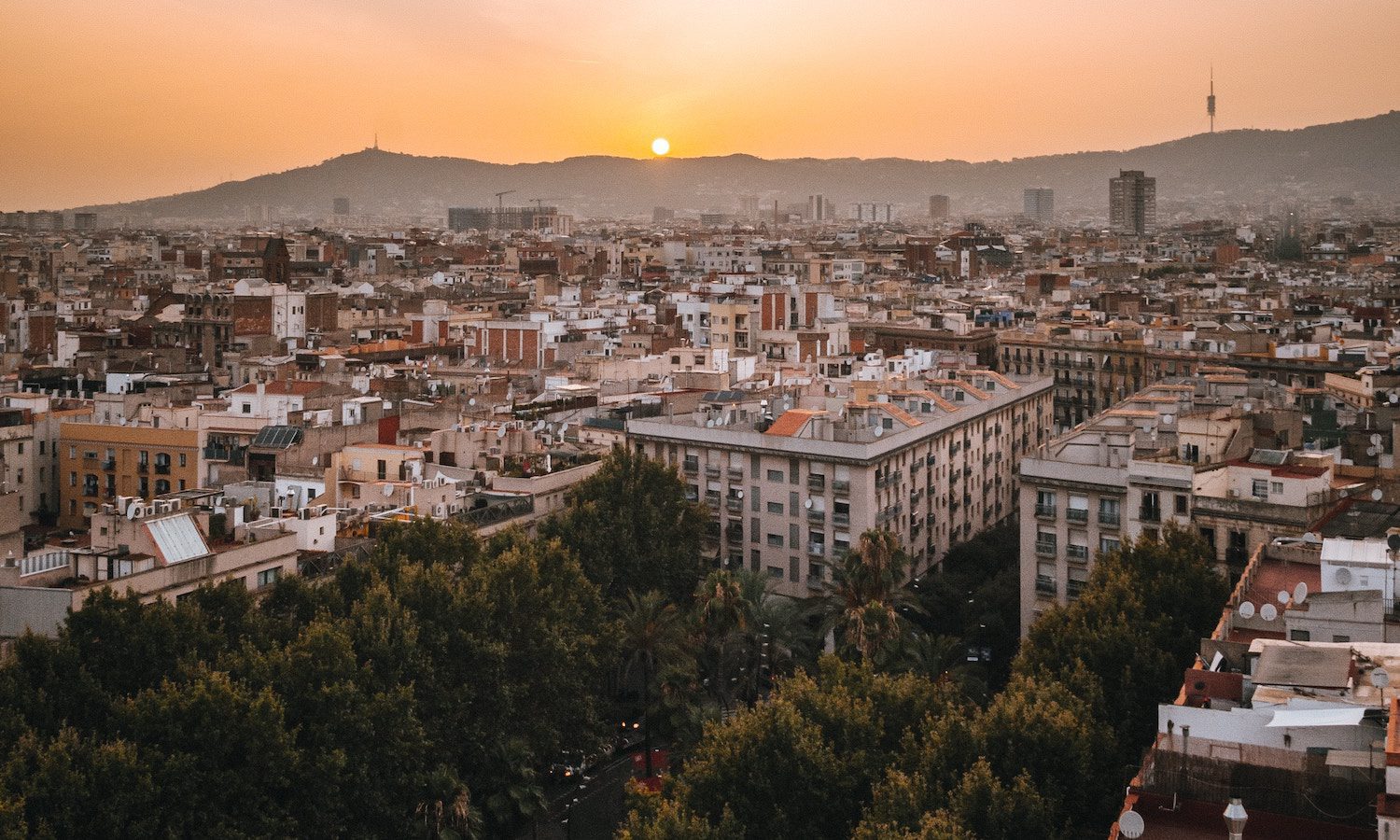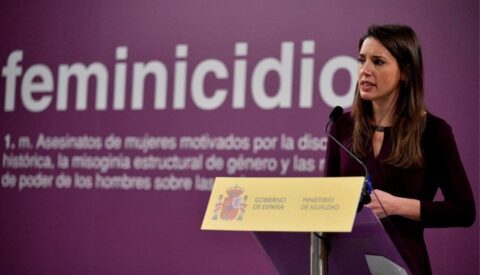«Green Gentrification» — When Environmental Progress Pushes The Poor Out Of Cities
Pollution and climate change have prompted some cities to convert into more sustainable and liveable spaces. But these same policies can widen social inequality. How can cities fix this paradox?
Article

Article
In 1976, Barcelona’s General Metropolitan Plan (PGM) was approved as a framework for the city’s urban planning. But the city’s issues back then were different than what it faces today: from unsustainable pollution levels to the threat of climate change and a lack of affordable housing, a problem inherited from the 2008 financial crisis.
The gentrification of Barcelona began in the 2010s, exemplified by the transformation of the industrial area Poblenou into parks and green spaces. One of the most significant initiatives to promote a greener city has been the creation of the so-called superilles (superblocks), which aim to prioritize pedestrian spaces for local use.
The gentrification of Barcelona began in the 2010s, exemplified by the transformation of the industrial area Poblenou into parks and green spaces
According to a study by the Barcelona Public Health Agency (ASPB) the superilles have resulted in a 25% reduction in nitrogen dioxide levels, and a 17% reduction in airborne fine particles along the main Sant Antoni boulevard — numbers which have led urbanists to encourage other cities to follow this model.
But the idea of creating more liveable cities has become a double-edged sword, which can end up destroying the very fabric of the neighborhood it seeks to aid.
In the last decade, in the same district of Poblenou, the price per square meter of registered property sales has increased by almost €3000. There has been a significant increase in university-educated tenants and, along with it, income levels. The 22@ project, which has transformed Poblenou from an industrial area into one full of pedestrian avenues, green spaces and modern infrastructure, has also resulted in the displacement of local residents. This is a phenomenon known as ‘green gentrification.’
The replacement of the native population
The general concept refers to a «replacement of the working-class population by middle-class or upper-class individuals», according to a definition by José Mensilla, PhD in social anthropology and member of the Urban Conflict Anthropology Observatory (OACU) in Barcelona.
«In the case of green gentrification, we find a specific form of gentrification dynamics in which the increase in price and, therefore, the replacement of the population group is not so much due to a decline or disinvestment in the characteristics of the territory, but rather to improvements», he says.
In these cases, municipal green space policies in working-class neighborhoods can inadvertently drive the replacement of native population by higher-income individuals. These new residents are naturally attracted to the neighborhoods precisely because of their improved liveability. As a result, housing prices rise, driving real estate speculation. The lower- and middle-class cannot afford these increased costs, creating a perfect condition for a class exodus (and thus, a gentrified neighborhood).
Although Mensilla points out that it is essential to consider gentrification as a phenomenon that results from a combination of factors, «It is considered incomplete to solely identify it with a housing issue. It is a general change. That is, if there is a change in housing, there is also a change in the commercial landscape and use of public space. There is also a change, for example, at the sociopolitical level, in the type of ideology associated with the territory», he says.
The 22@ project has attracted a large number of companies to the area, mainly in the technology and innovation sectors
The case of Poblenou is striking: the 22@ project has attracted a large number of companies to the area, mainly in the technology and innovation sectors, resulting in the transformation of the neighborhood from an industrial area into a kind of start-up district.
Real estate speculation and the influx of highly skilled individuals with higher purchasing power have suffocated the lower-middle-class population, forcing them to move to other districts in the city with lower qualities of life: more concrete, more roads, less greenery and, consequently, poorer health.
How can we make cities both green and affordable?
While the scientific community supports the greening of large cities as a method of reducing pollution and improving the quality of life of residents, it is still necessary to find a balance so that sustainable cities do not become synonymous with social injustice. Isabelle Anguelovski, an expert in urban planning, has led research at the Institute of Environmental Science and Technology (ICTA) in Barcelona, focusing on the effects of green gentrification. She does so through the GreenLulus project, which examines the unwanted consequences of local green land use.
This study has made it possible to observe the process of green gentrification in American cities such as Seattle or Boston, where there are few public policies to counteract real estate speculation. Barcelona, which is not exempt from this process, just like other European cities, has more robust public policies, but green gentrification is indeed still occurring. Public action is essential, as Mansilla points out. «Stopping this depends on politics, and politics depend on the balance of power», Mansilla notes.
To ensure that working-class communities can continue living in their neighborhoods, the anthropologist believes that halting the construction of green spaces is not the solution. «We all deserve to live in the best neighborhoods», he says. «If we have to choose where to start these improvements, then obviously, let’s begin with the neighborhoods where people live in the worst conditions. And then, let’s implement the tools at our disposal to make it better for the people who currently live there, not just for the enjoyment of future generations».
This content is part of a collaboration agreement of ‘WorldCrunch’, with the magazine ‘Ethic’. Read the original at this link.






